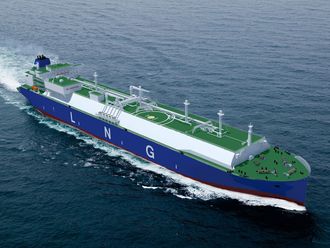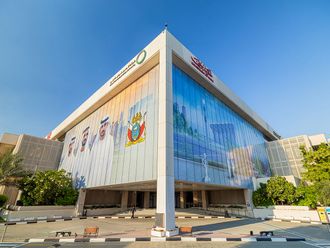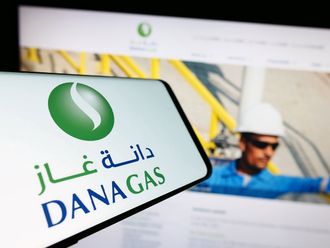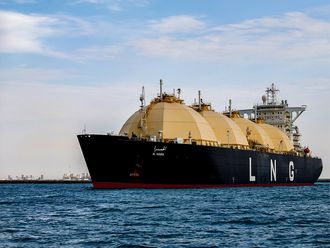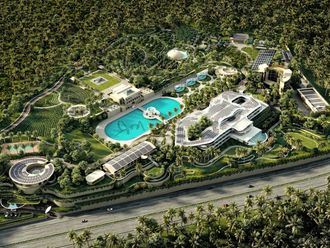Alaska: BP said it discovered corrosion so severe that it will have to replace 26 kilometres of pipeline at the huge Prudhoe Bay oil field work that could shut down America's single biggest source of domestic crude for months and drive gasoline prices even higher.
Oil prices climbed more than $2 a barrel on Monday on the news, and gasoline futures rose, too. The west coast is expected to be squeezed particularly hard, and the government is considering releasing oil from its emergency stockpile to ease the crunch.
London-based BP said it will have to replace most of the 35 kilometres of so-called transit pipeline at Prudhoe Bay, which produces about 2.6 per cent of the United States' daily supply including imports, or about 400,000 barrels a day.
BP, the world's second largest oil company, discovered the extent of the corrosion with tests that were ordered by the federal government after a big oil spill last March at Prudhoe Bay, situated above the Arctic Circle, 1,050 kilometres north of Anchorage.
The oil company said it was surprised to find such severe corrosion, and had gone 14 years without using a device called a 'pig' to clean out its lines because it did not believe it was necessary.
Bob Malone, chairman of BP America, said that in a worst-case scenario, it could take weeks or months to replace the pipelines. But the company said it will try to put portions of the network back into operation as they are repaired.
"BP deeply regrets it has been necessary for us to take this drastic action," Malone said.
BP operates the Prudhoe Bay oil field for itself, ConocoPhillips and ExxonMobil.
Prudhoe Bay and other oilfields on Alaska's North Slope feed oil into the 1,300 kilometre trans-Alaska pipeline. The North Slope produces approximately 800,000 barrels a day; Prudhoe Bay accounts for half of that.
No assurances
BP officials said they did not immediately know how much it would cost to replace the lines. The company made $7.3 billion (Dh26.8 billion) in profit during the most recent quarter.
"We estimate it could take two to three months to get it back on line," said Bruce Lanni, an industry analyst with AG.
Edwards, wrote in a research note: "However, there are no assurances that it will return to current capacity, given the complexities and age of the reservoirs. Thus, we would not be surprised to see volume losses in the area of 5 per cent to 10 per cent."
Steve Marshall, president of BP Alaska Exploration, said tests on Friday indicated that there were 16 anomalies in 12 areas in a transit line on the eastern side of Prudhoe Bay. Tests found losses in wall thickness of between 70 per cent and 81 per cent. Repair or replacement is required if there is more than an 80 per cent loss.
BP also said on Sunday that workers found a small spill of about four to five barrels.
The ageing pipeline system on the North Slope has been fraught with problems lately.
Criminal investigation
BP discovered corrosion in the transit lines only after the US Transportation Department ordered their inspection following a spill of up to 270,000 gallons in March. It was the biggest spill in North Slope history, and has become part of a criminal investigation into the company's Alaskan operations.
Company officials said they did not believe a routine maintenance 'pigging' of those lines was necessary because they carry clean crude from which water has been removed.
Marshall said the company believed ultrasonic testing of pipeline wall thickness was sufficient. But he said the company has since learnt otherwise.
"Clearly, we are already in the process of adjusting considerably our corrosion programme," he said.
The news forced the price of light, sweet crude oil up $2.22, or 3 per cent, to settle at $76.98 a barrel on Monday's New York Mercantile Exchange, after peaking at $77.30 earlier in the day.


